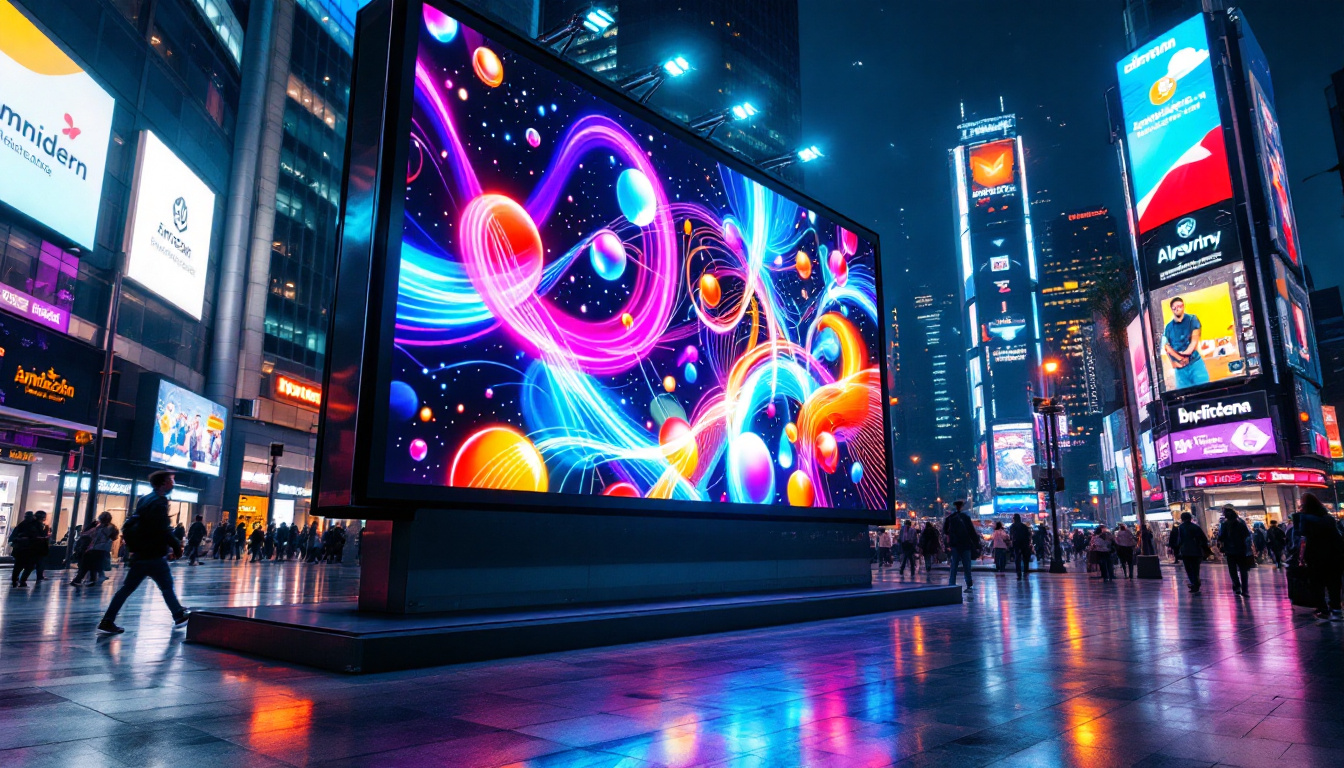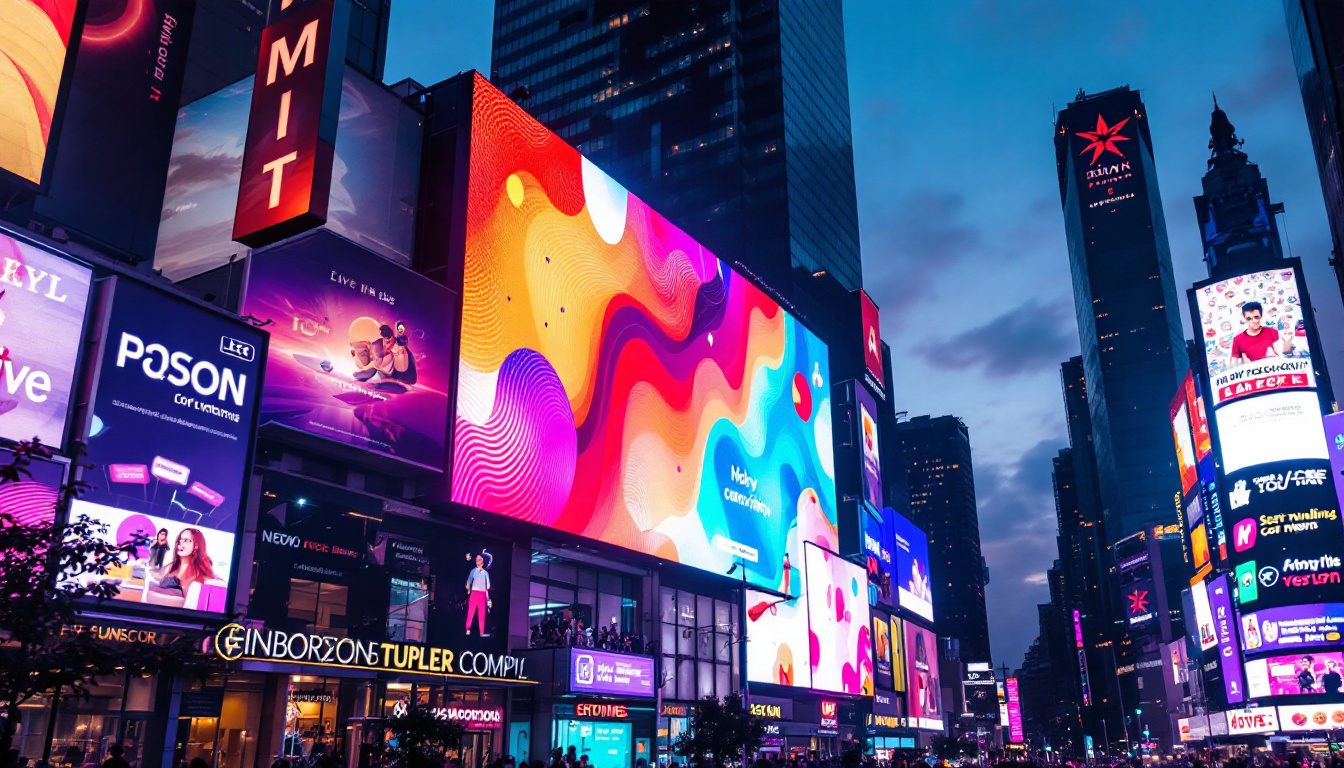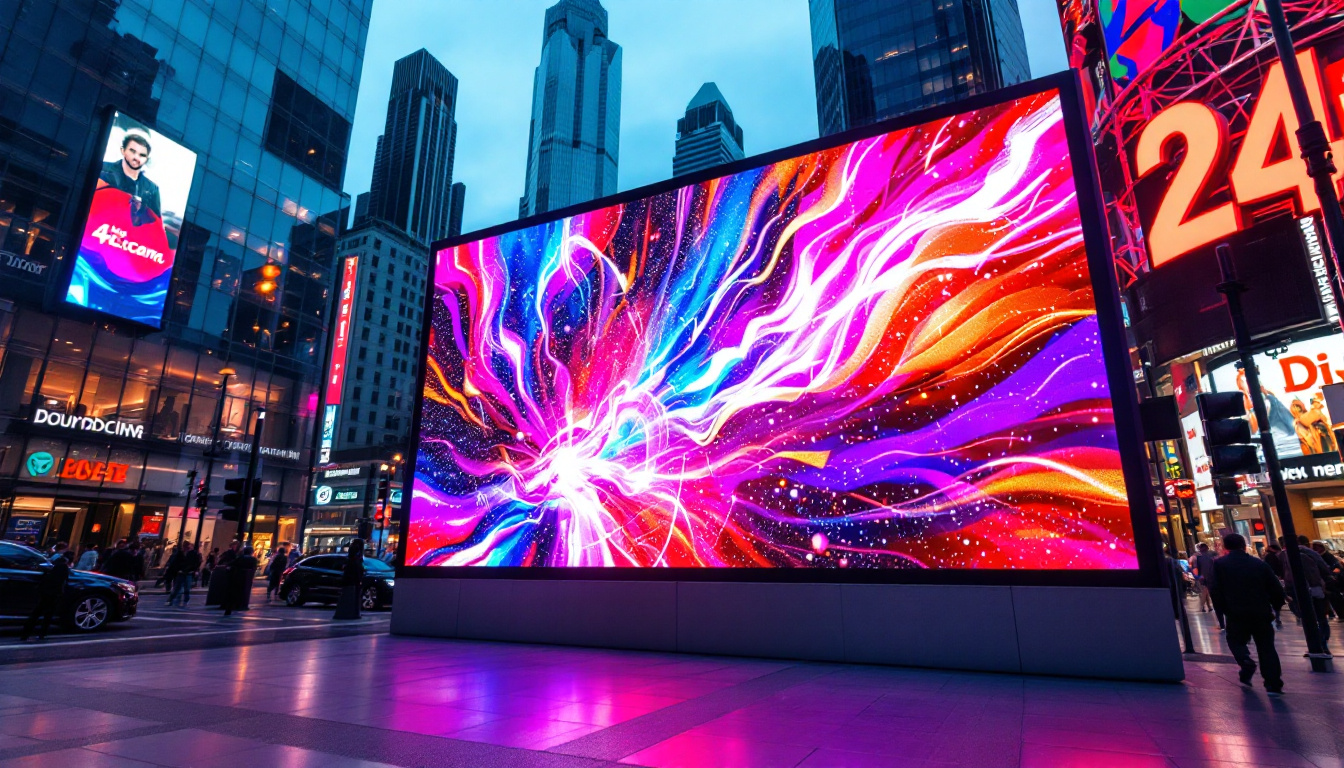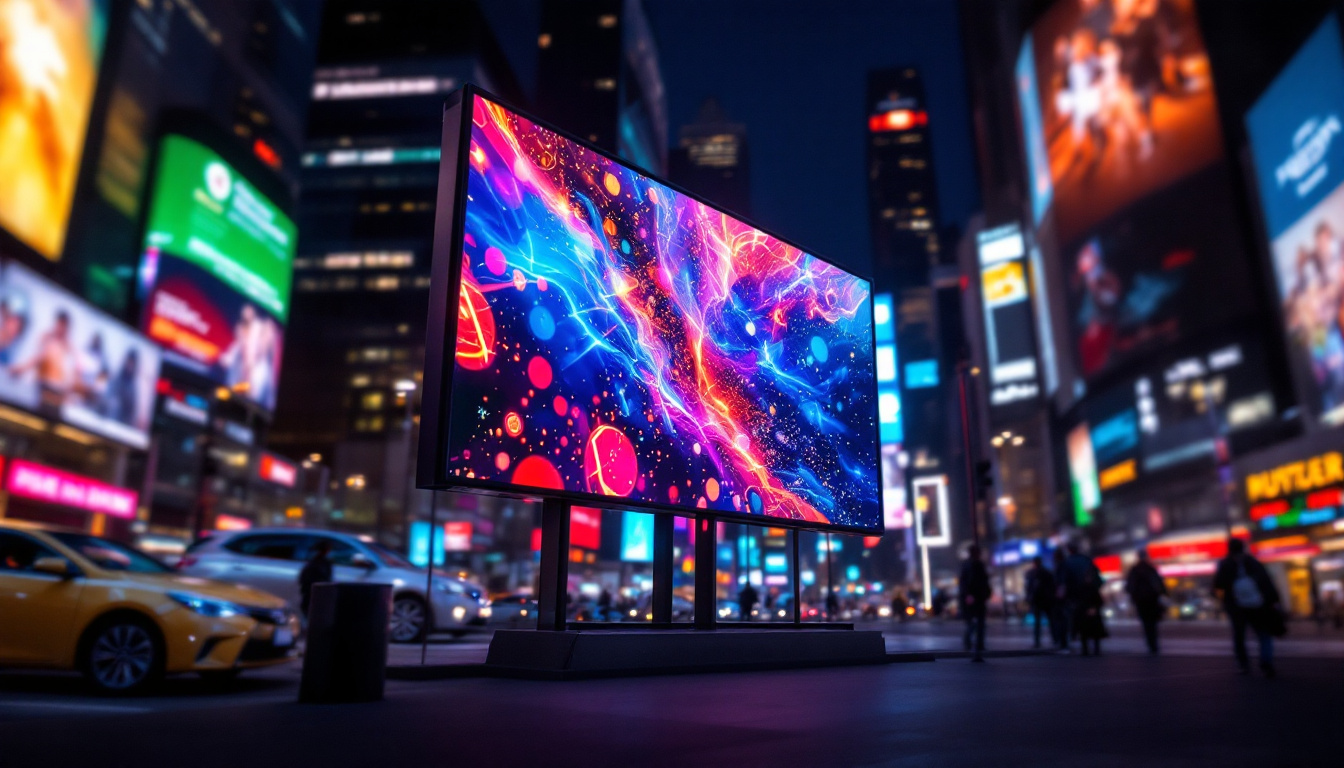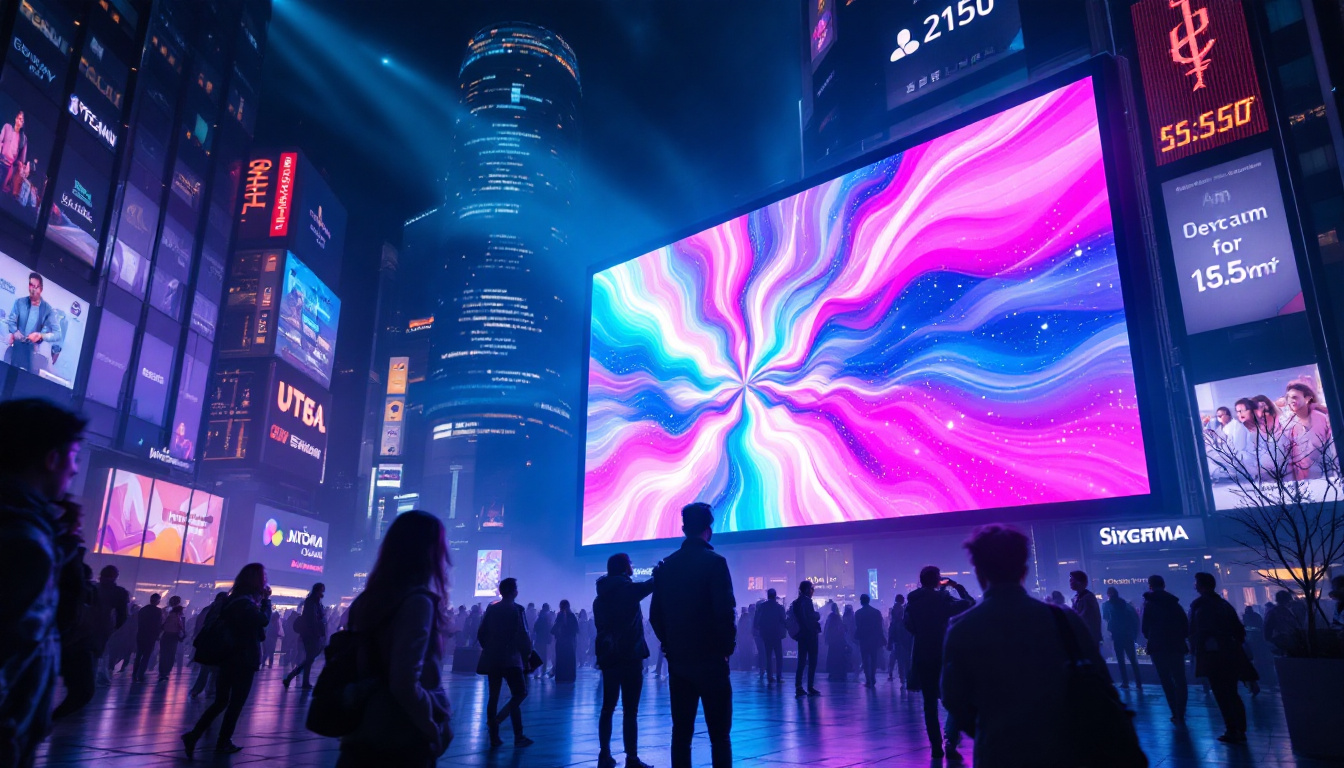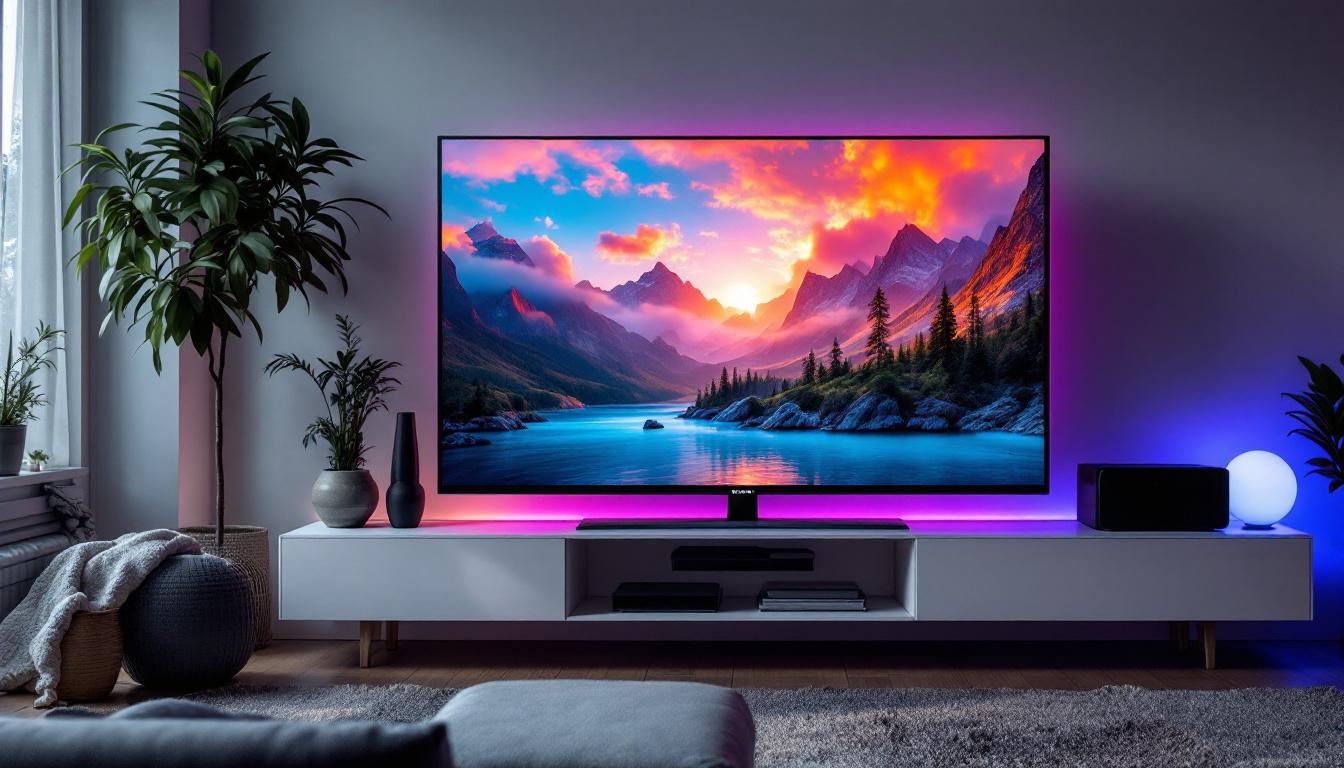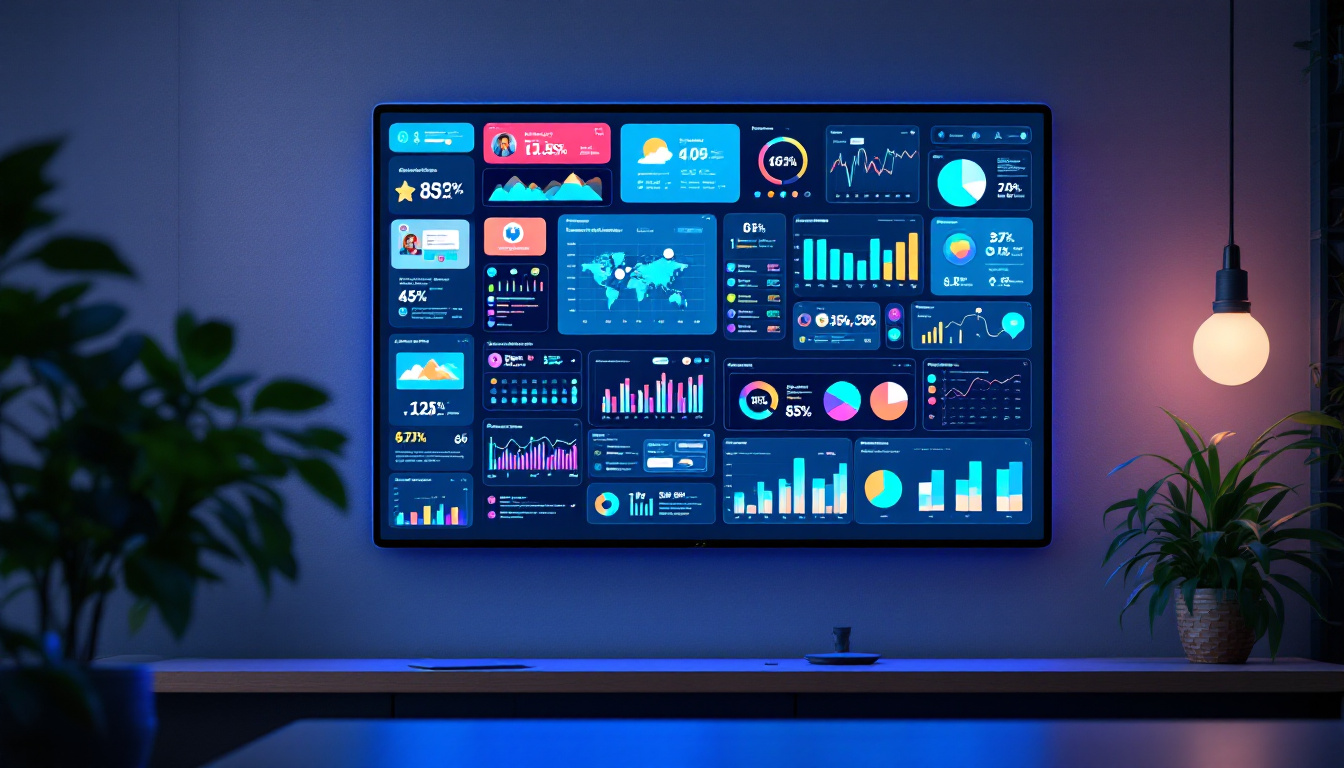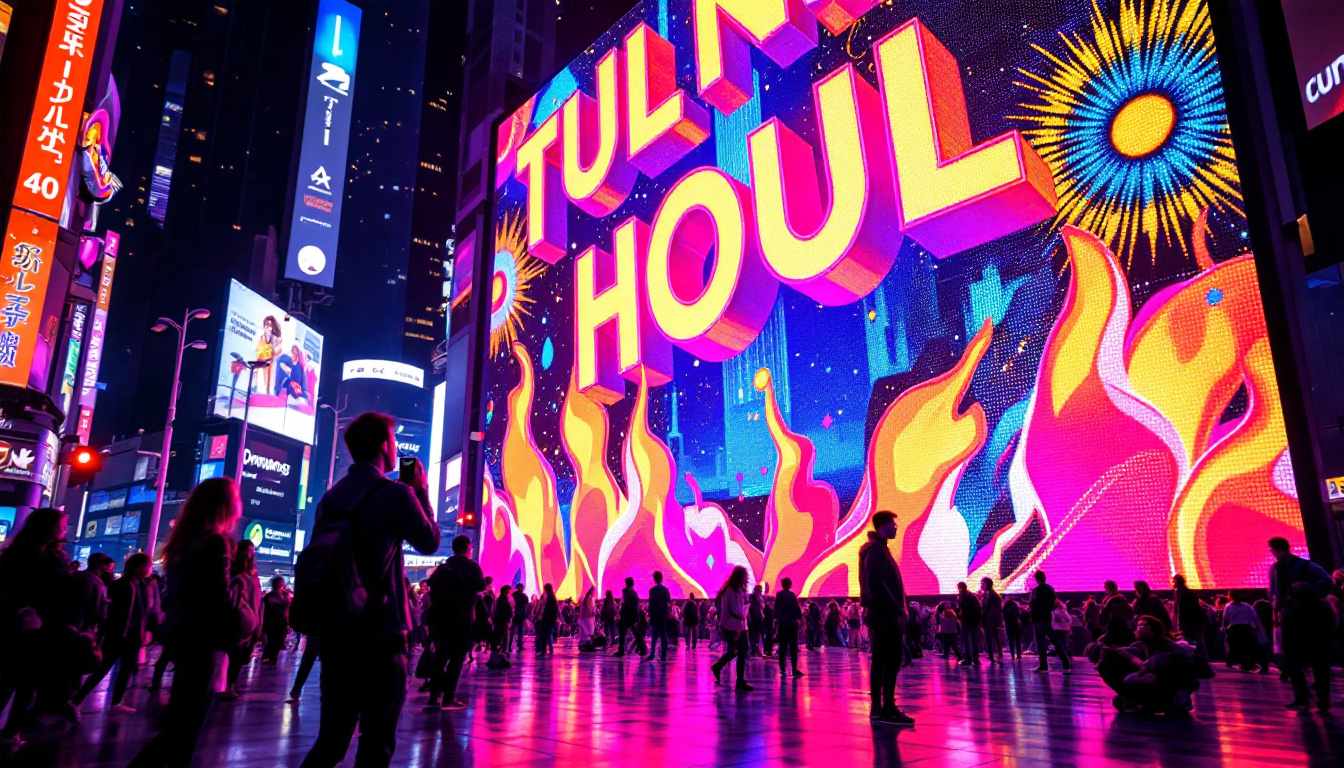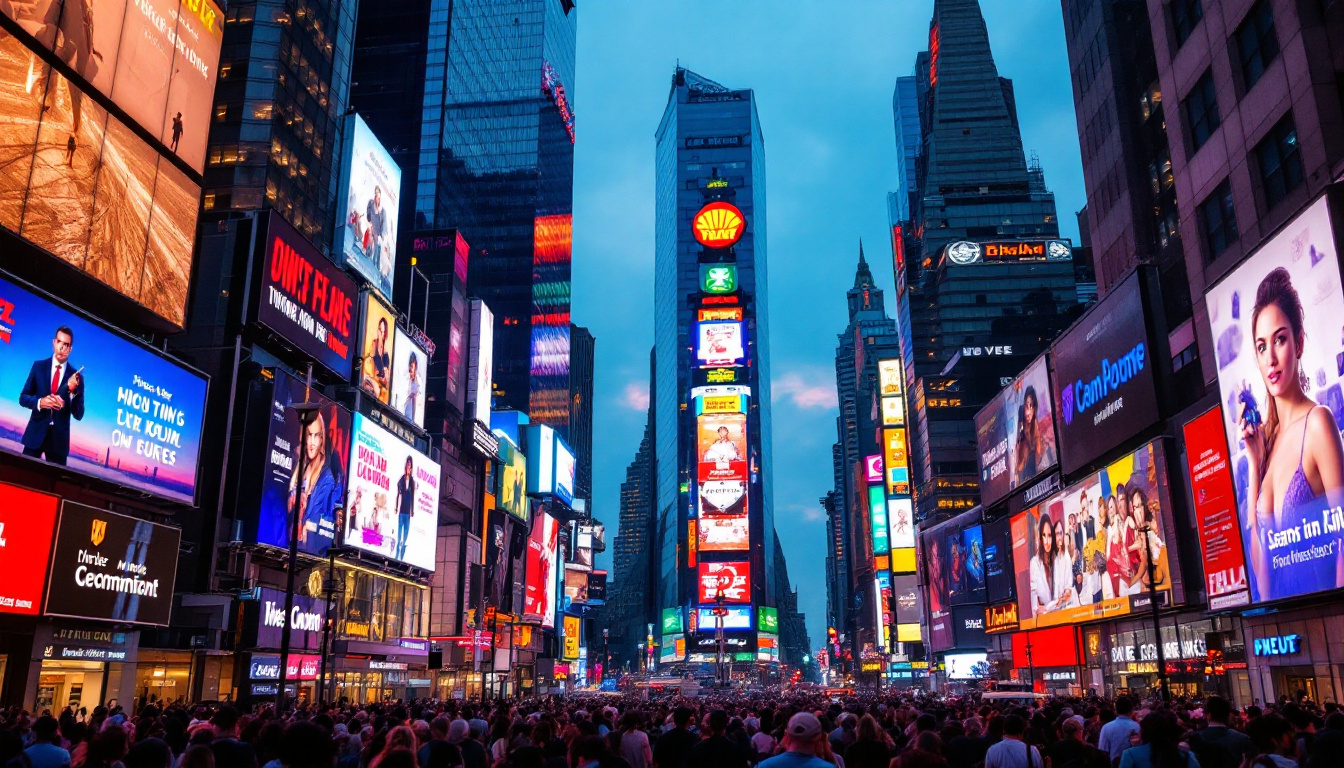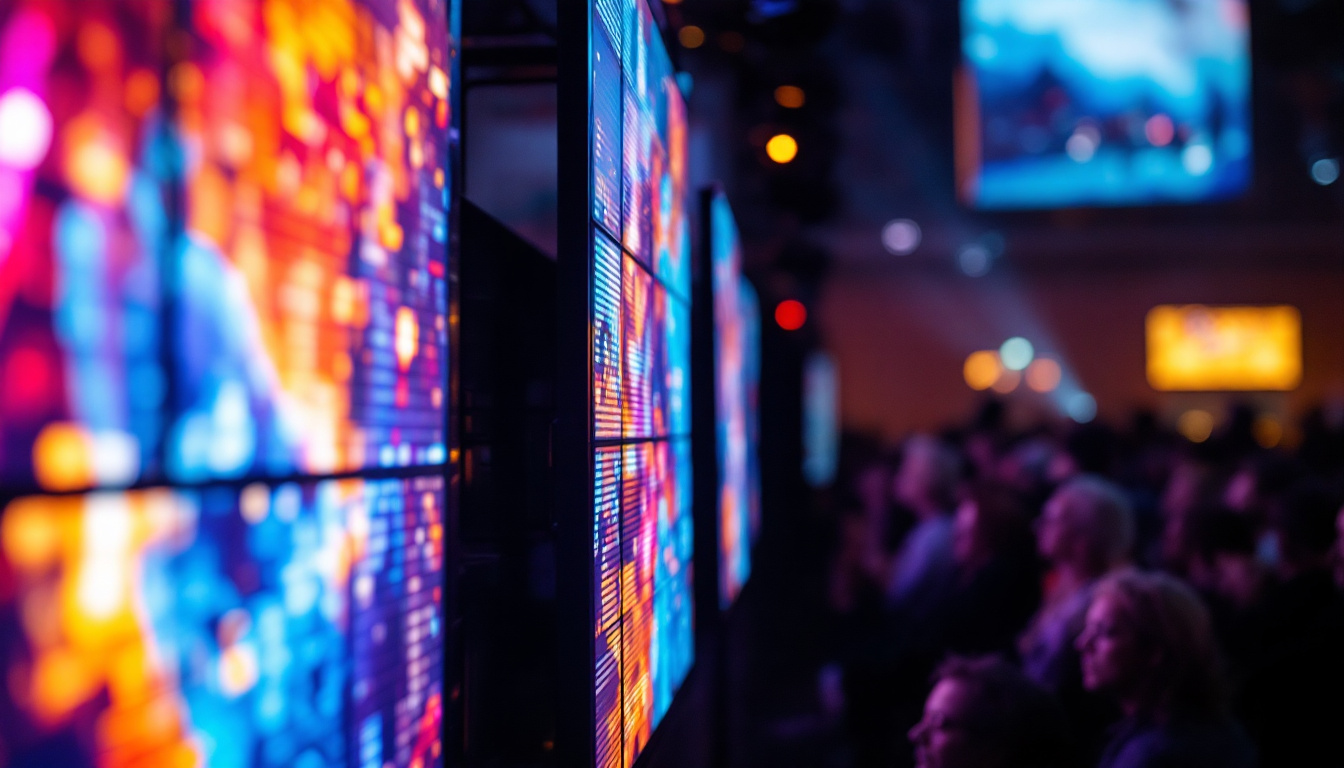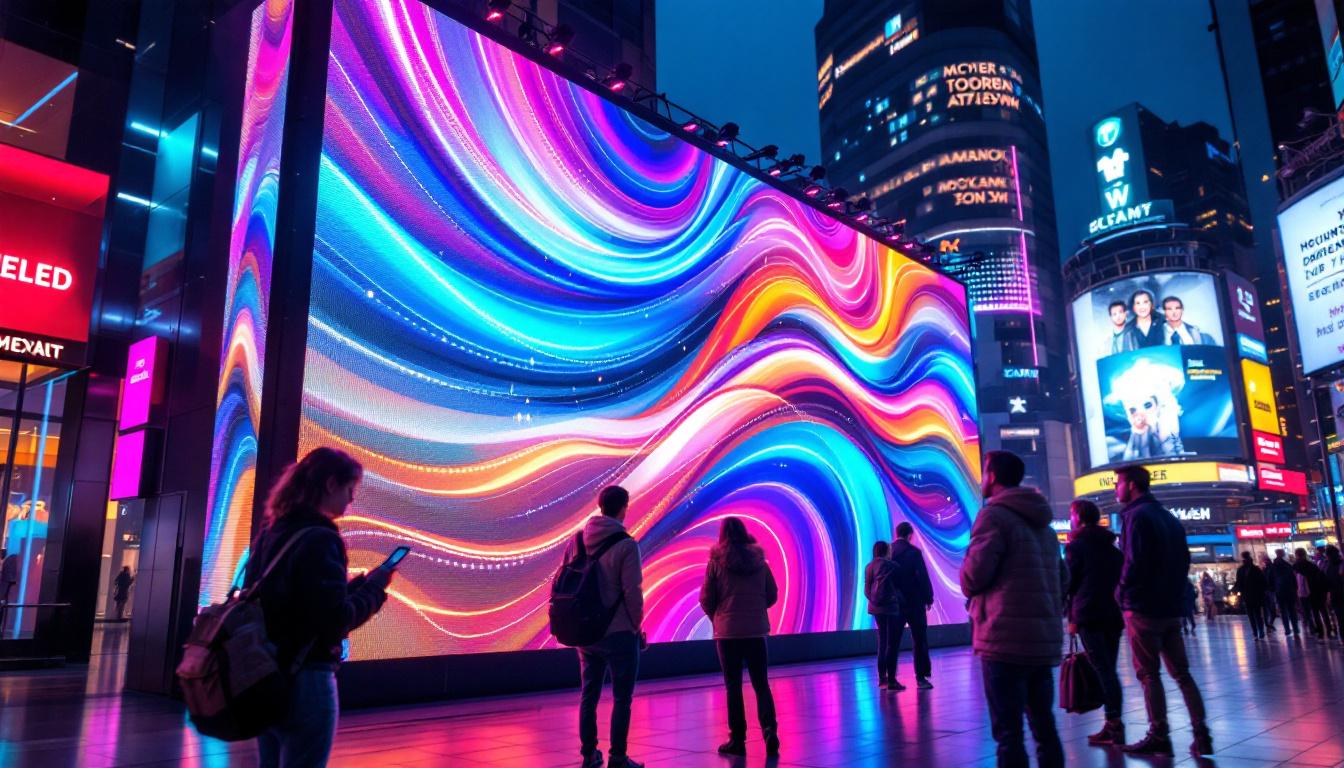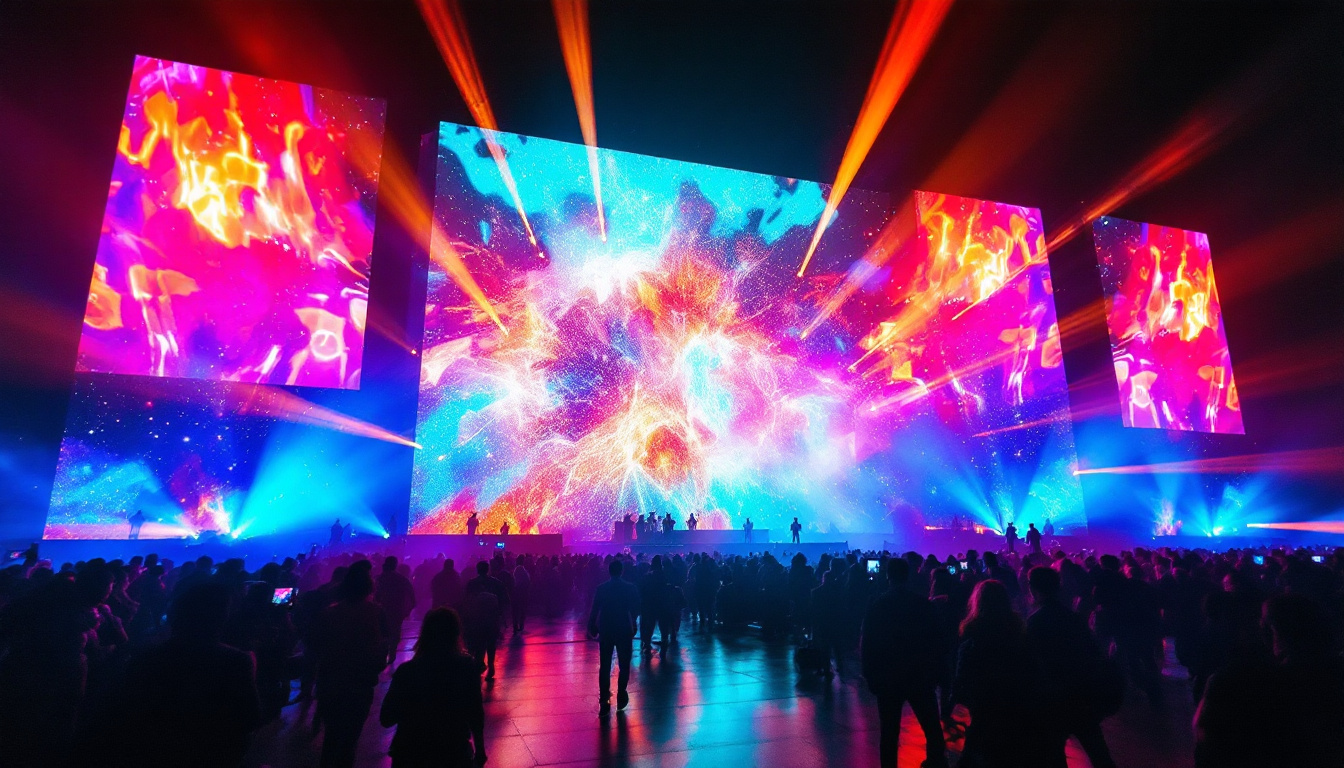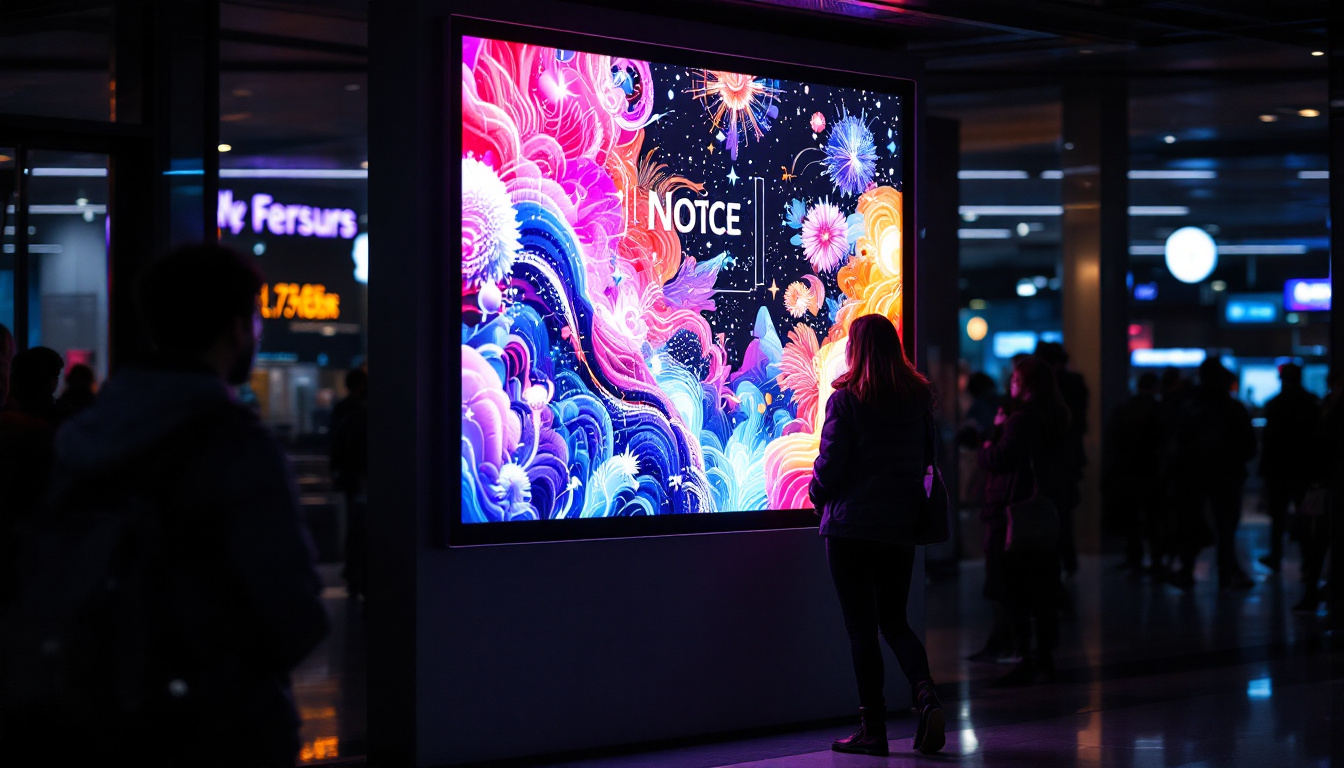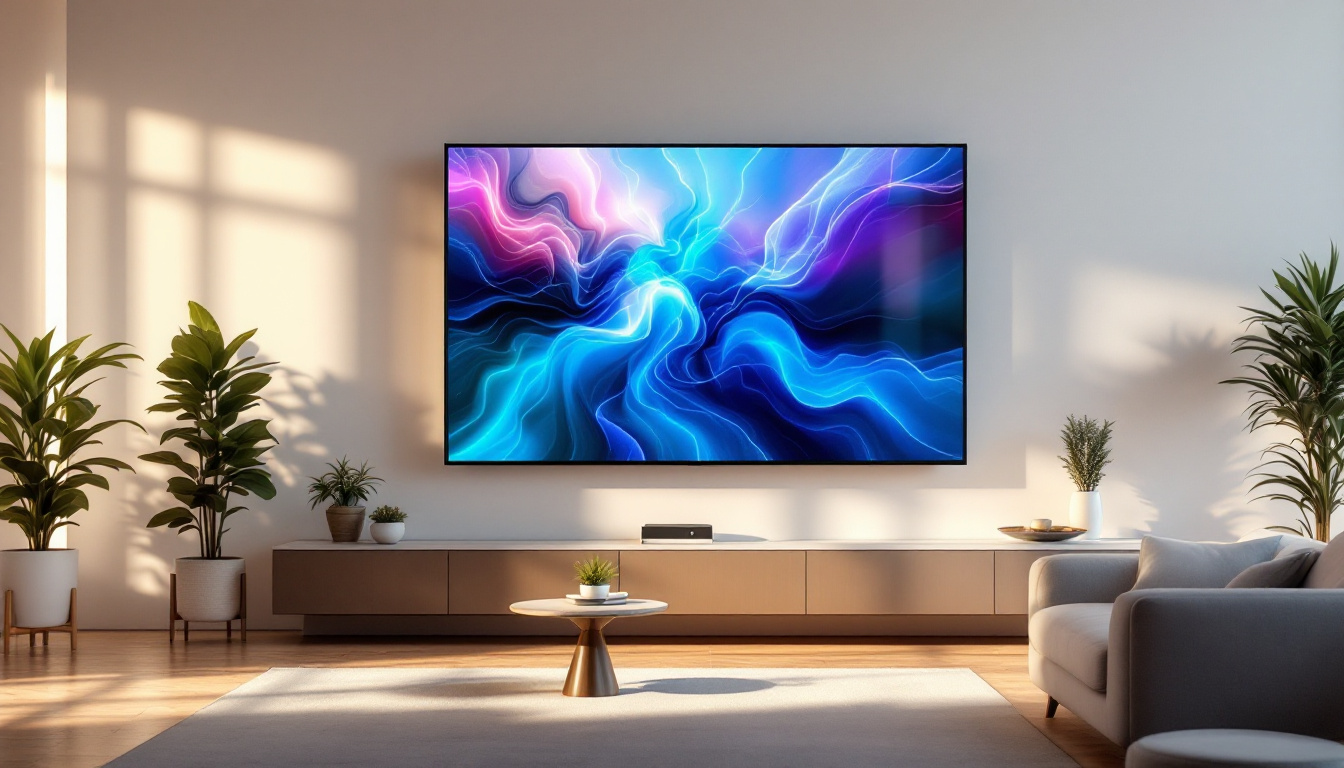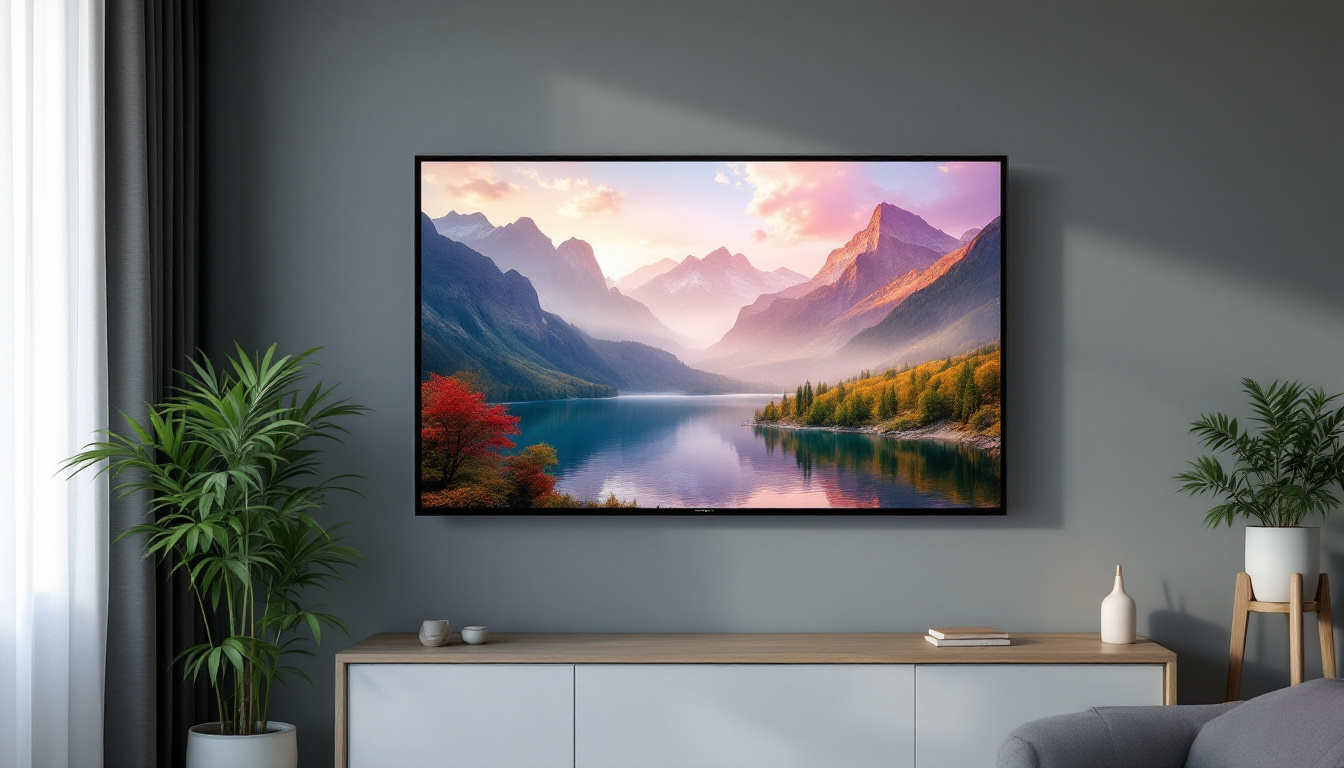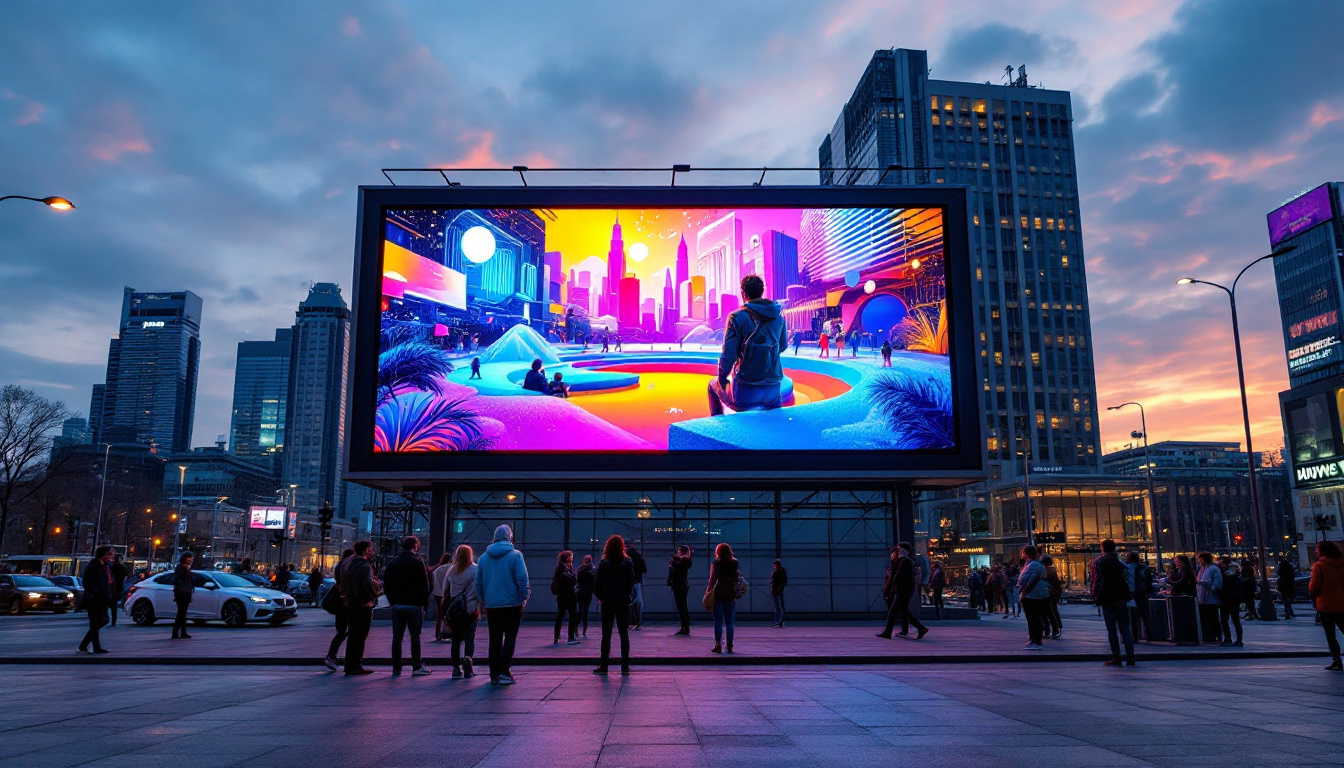The world of cinema has evolved dramatically over the years, with technology playing a pivotal role in enhancing the viewing experience. Among the various innovations, LED displays have emerged as a game-changer, particularly in how movie screens are framed and presented. This article delves into the intricacies of movie screen borders and how LED technology is reshaping the cinematic landscape.
Understanding LED Displays
LED, or Light Emitting Diode, displays have become increasingly popular in various applications, from televisions to large-scale billboards. Their ability to produce vibrant colors, high contrast ratios, and energy efficiency makes them ideal for movie theaters. Unlike traditional projection systems, LED displays offer a more consistent visual experience, free from common issues such as fading or distortion.
The Basics of LED Technology
At the core of LED technology is the semiconductor material that emits light when an electric current passes through it. This process allows for a wide range of colors and brightness levels, which can be finely tuned to create stunning visuals. In a movie theater setting, the combination of multiple LEDs forms a pixel, and when these pixels are arranged in a grid, they create a full display capable of rendering high-definition images.
Advantages of LED Displays in Cinemas
One of the most significant advantages of LED displays in cinemas is their ability to achieve high brightness levels without compromising on energy efficiency. This is crucial for movie screenings, where ambient light can often interfere with the viewing experience. Additionally, LED displays have a longer lifespan compared to traditional projection systems, reducing maintenance costs for theater operators.
Moreover, LED technology allows for a wider viewing angle, ensuring that audiences seated at various positions in the theater can enjoy a consistent image quality. This is particularly beneficial in larger venues where traditional projection may struggle to maintain uniform brightness across the screen. Furthermore, the modular nature of LED displays means that they can be easily customized to fit different screen sizes and shapes, allowing theaters to create unique viewing experiences tailored to specific films or events.
Another compelling aspect of LED displays is their rapid response time, which enhances the overall viewing experience, especially during fast-paced action scenes. Unlike traditional projectors that may exhibit motion blur, LED displays can render images with remarkable clarity and precision, making them ideal for high-octane films. Additionally, the ability to control brightness and color saturation dynamically allows for a more immersive experience, as filmmakers can present their work as intended, with every detail vividly captured on screen. This level of fidelity not only captivates audiences but also elevates the storytelling experience, making each screening a memorable event.
The Role of Screen Borders
Screen borders play a crucial role in framing the cinematic experience. They not only serve an aesthetic purpose but also contribute to the overall immersion of the audience. The design and functionality of screen borders have evolved alongside advancements in display technology, including the integration of LED systems.
Aesthetic Considerations
The visual appeal of a movie screen is significantly influenced by its border design. Traditional cinema screens often featured thick black borders that helped to absorb excess light and enhance contrast. However, with the advent of LED technology, theaters have begun experimenting with more dynamic and visually engaging border designs.
Modern LED displays allow for customizable borders that can change color or brightness based on the content being shown. This creates a more immersive experience, as the screen appears to blend seamlessly with the surrounding environment, drawing the audience deeper into the film.
Functional Aspects of Borders
Beyond aesthetics, screen borders serve practical functions. They help to define the viewing area, ensuring that the audience’s focus remains on the film. Additionally, borders can be designed to minimize distractions from the surrounding environment, enhancing the overall viewing experience.
In some advanced setups, LED borders can even be programmed to display additional information, such as subtitles or scene transitions, further enriching the cinematic experience. This interactive element adds a layer of engagement that traditional screens simply cannot provide.
Types of LED Displays in Cinemas
There are several types of LED displays used in movie theaters, each with its own unique advantages and applications. Understanding these different types can help theater operators make informed decisions about their display technology.
Direct View LED Displays
Direct view LED displays consist of individual LED modules that are assembled to create a large screen. This type of display is known for its exceptional brightness and color accuracy, making it ideal for high-resolution movie screenings. Direct view LED technology allows for seamless scaling, meaning that theaters can create screens of virtually any size without sacrificing image quality.
Moreover, direct view LED displays are highly customizable, allowing theaters to create unique screen shapes and sizes that cater to specific audience needs. This flexibility is particularly valuable in venues that host a variety of events, from film screenings to live performances.
LED Projection Systems
LED projection systems utilize LED light sources in traditional projectors. These systems combine the benefits of LED technology with the established projection format, offering a middle ground for theaters looking to upgrade their technology without completely overhauling their existing setup.
LED projectors provide improved color accuracy, longer lamp life, and reduced energy consumption compared to traditional lamp-based projectors. While they may not achieve the same brightness levels as direct view LED displays, they offer a viable solution for smaller theaters or those with budget constraints.
MicroLED Technology
MicroLED technology represents the next frontier in LED display innovation. This cutting-edge technology utilizes microscopic LEDs to create individual pixels, resulting in an incredibly high pixel density. The benefits of microLED displays include superior contrast ratios, wider color gamuts, and faster refresh rates, making them ideal for high-action films and immersive experiences.
While microLED technology is still in its infancy, its potential for revolutionizing the cinema experience is immense. As production costs decrease and technology matures, it is expected that more theaters will adopt microLED displays in the coming years.
Challenges and Considerations
Despite the numerous advantages of LED displays, there are challenges and considerations that theater operators must address when implementing this technology. Understanding these factors is essential for ensuring a successful transition to LED systems.
Cost Implications
One of the primary challenges associated with LED displays is the initial investment cost. While the long-term savings on maintenance and energy consumption can offset these costs, many theaters may find it difficult to justify the upfront expenditure. This is particularly true for smaller venues with limited budgets.
However, as technology advances and competition increases, the cost of LED displays is expected to decrease, making them more accessible to a broader range of theaters. Operators should also consider financing options and potential partnerships with technology providers to ease the financial burden of upgrading their systems.
Technical Expertise
Implementing LED technology requires a certain level of technical expertise, both in terms of installation and ongoing maintenance. Theater operators may need to invest in training for their staff or hire specialized technicians to ensure that the systems are set up and maintained correctly.
Additionally, as LED technology continues to evolve, staying updated on the latest advancements and best practices will be crucial for maximizing the benefits of these systems. This may involve regular training sessions or partnerships with technology providers to ensure that staff are well-equipped to handle any challenges that arise.
The Future of LED Displays in Cinema
The future of LED displays in cinema looks promising, with ongoing advancements in technology and design. As consumer expectations continue to rise, theaters will need to adapt to remain competitive in the entertainment landscape.
Innovative Display Solutions
Future innovations in LED technology may include even more advanced display solutions, such as flexible screens that can be curved or shaped to fit unique theater designs. This could lead to entirely new cinematic experiences, allowing for immersive environments that enhance storytelling.
Furthermore, the integration of augmented reality (AR) and virtual reality (VR) elements into LED displays may create interactive experiences that engage audiences in unprecedented ways. As these technologies develop, theaters will have the opportunity to redefine how films are presented and experienced.
Environmental Considerations
As sustainability becomes an increasingly important focus for businesses, the environmental impact of LED displays is also a consideration. LED technology is inherently more energy-efficient than traditional projection systems, but theater operators should also look at the lifecycle of their displays, including recycling and disposal options.
By prioritizing environmentally friendly practices, theaters can not only reduce their carbon footprint but also appeal to a growing demographic of eco-conscious consumers. This commitment to sustainability can enhance a theater’s brand image and attract a loyal audience.
Conclusion
In conclusion, LED displays are revolutionizing the cinema experience, offering vibrant visuals, energy efficiency, and innovative design possibilities. As theaters continue to explore the potential of LED technology, the role of movie screen borders will evolve, enhancing the overall aesthetic and functional aspects of the viewing experience.
While challenges such as cost and technical expertise remain, the benefits of LED displays far outweigh the drawbacks. As the industry moves forward, embracing these advancements will be essential for theaters looking to captivate audiences and stay relevant in an ever-changing entertainment landscape.
The future of cinema is bright, and LED technology is at the forefront of this exciting evolution. With continued innovation and a focus on sustainability, theaters can create immersive experiences that resonate with audiences for years to come.
Discover the Future of Cinematic Displays with LumenMatrix
Ready to elevate your theater’s viewing experience with the latest in LED display technology? LumenMatrix is at the forefront of innovation, offering a wide range of LED display solutions that bring movies to life like never before. From Indoor and Outdoor LED Wall Displays to Custom and All-in-One LED solutions, our products are designed to captivate your audience and transform your cinema space. Embrace the future of visual storytelling and check out LumenMatrix LED Display Solutions today to see how we can help you create unforgettable visual experiences.




